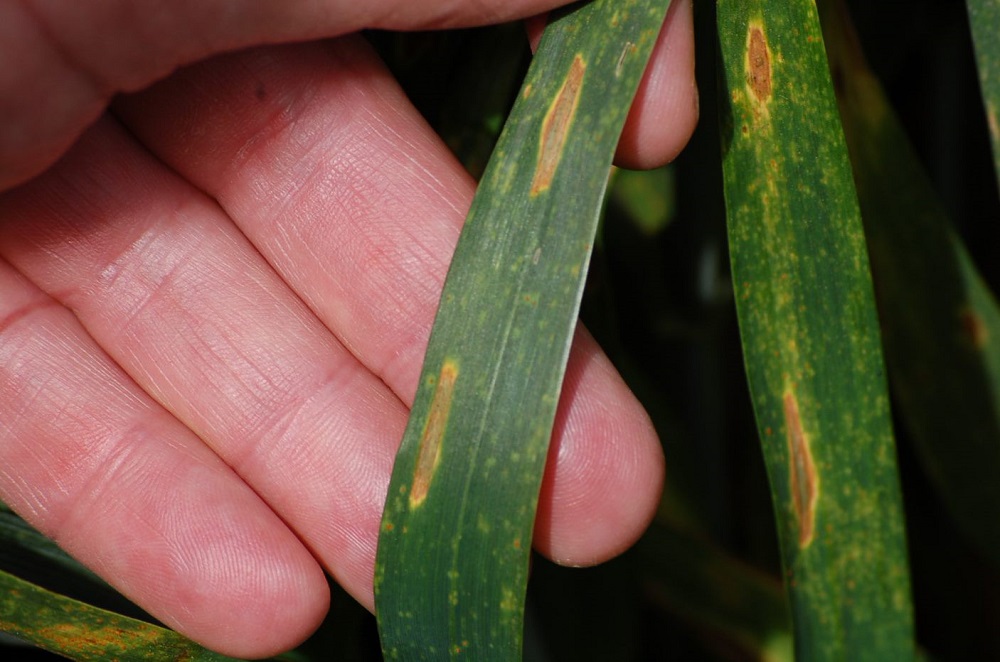- Home
- Knowledge library
- Combining agronomy, variety and chemistry to maintain control of septoria tritici in wheat
Combining agronomy, variety and chemistry to maintain control of septoria tritici in wheat
Summary
Septoria leaf blotch (Zymoseptoria tritici) is one of the most damaging diseases on winter wheat in the UK. It is estimated to cause annual yield losses worth between £110–£220m, despite fungicide applications (Fones et al. 2015). The chemical control of this pathogen is becoming increasingly difficult because of the loss of active ingredients, tighter legislation on pesticide use and the development of fungicide resistance. As a result, the control of septoria can sometimes be poor, despite a significant spend on fungicides. The use of cultural control measures, as part of an integrated pest management (IPM) strategy, is important to maintain control of this disease.
This project investigated the impact of four factors on the severity of septoria and final yields: sowing date, seed rate, variety and fungicide. The work involved 25 field trials, conducted across five harvest years (2016–20). The project aimed to determine the value of agronomic factors and establish the extent to which fungicide use can be adjusted when using cultural control strategies.
Earlier sowings consistently resulted in higher disease severity during the main yield-forming period than later sowings. This is most likely due to crops being exposed to spores earlier in the season. Variety and fungicide also had a significant effect on septoria severity, with a clear interaction between the two. The yield response to fungicides was much smaller in more resistant varieties, compared to susceptible varieties. Higher seed rates, and, therefore, thicker crops, can lead to greater disease severity. However, the effect was small and inconsistent across trials.
It is concluded that growers should tailor their fungicide strategy to variety and sowing date to better optimise the use of fungicides. By sowing varieties with stronger disease resistance later in the autumn, there may be considerable scope to reduce the risk of a damaging septoria epidemic – enabling the use of lower fungicide inputs. This report includes a measure of the extent to which varietal susceptibility to septoria may be increased or decreased with earlier or later sowing, respectively.




.JPG)